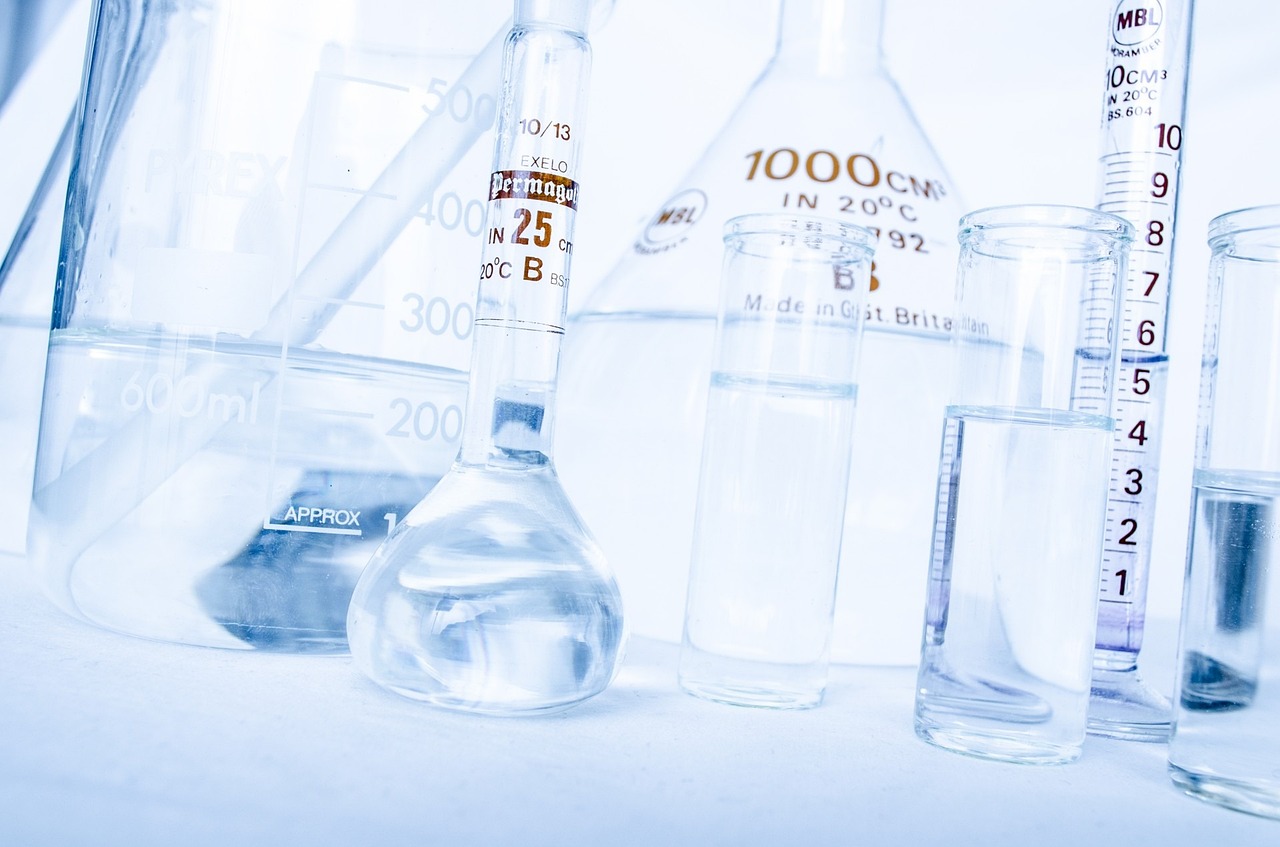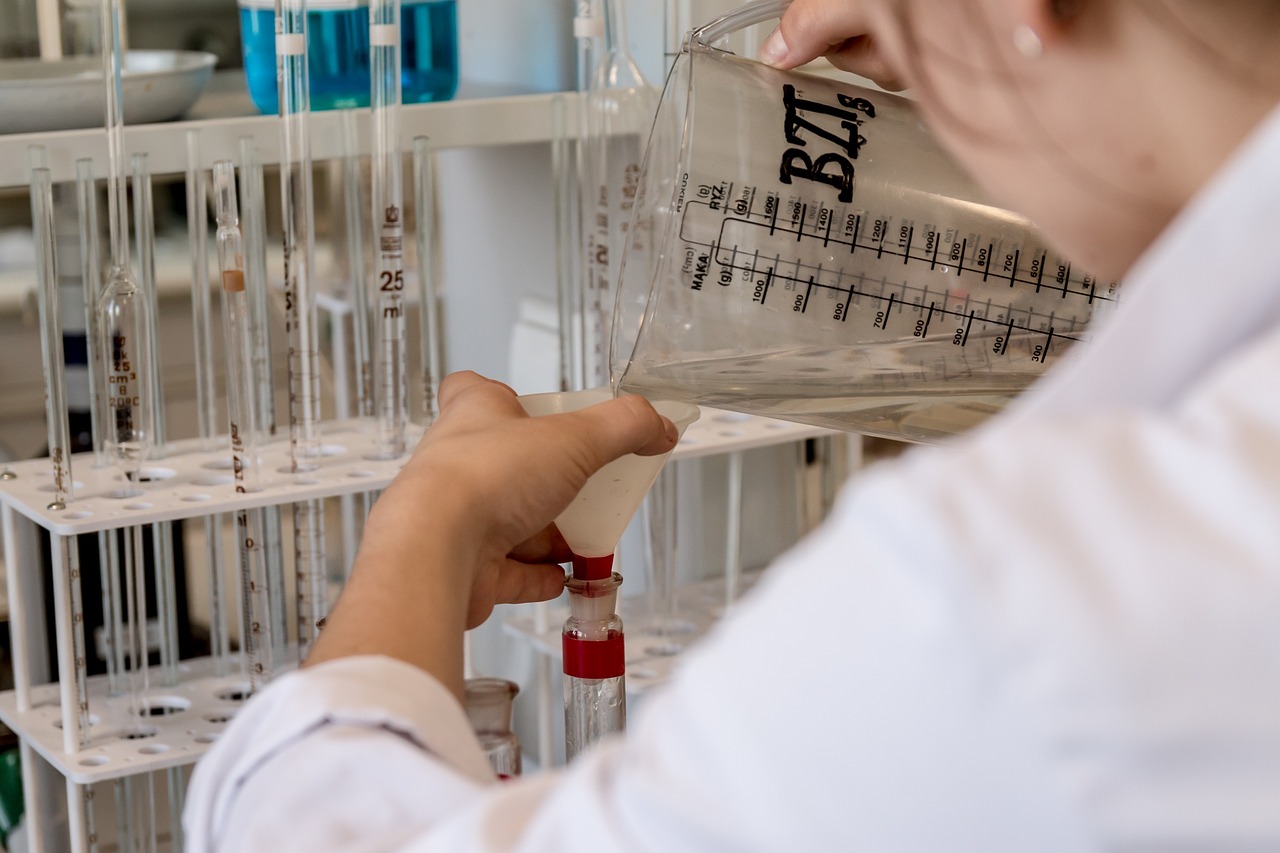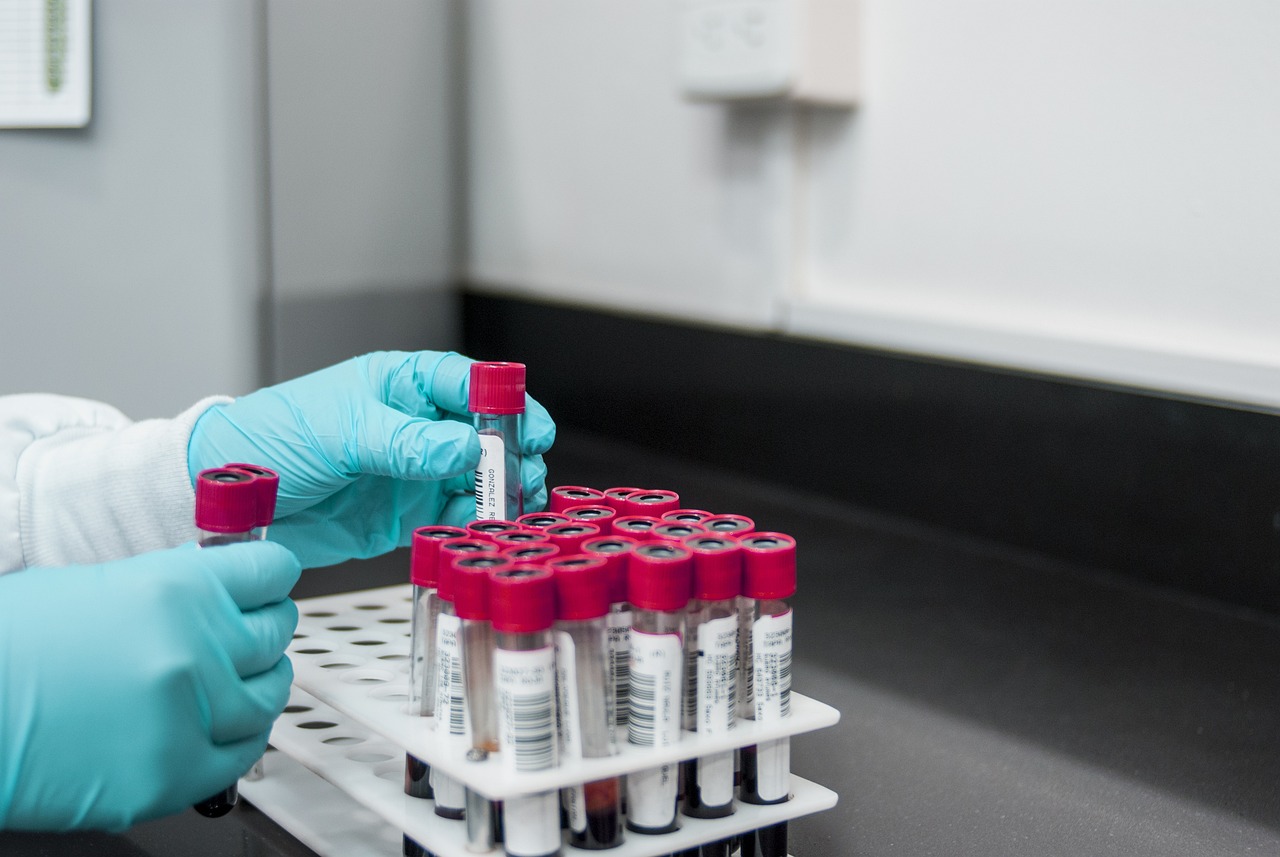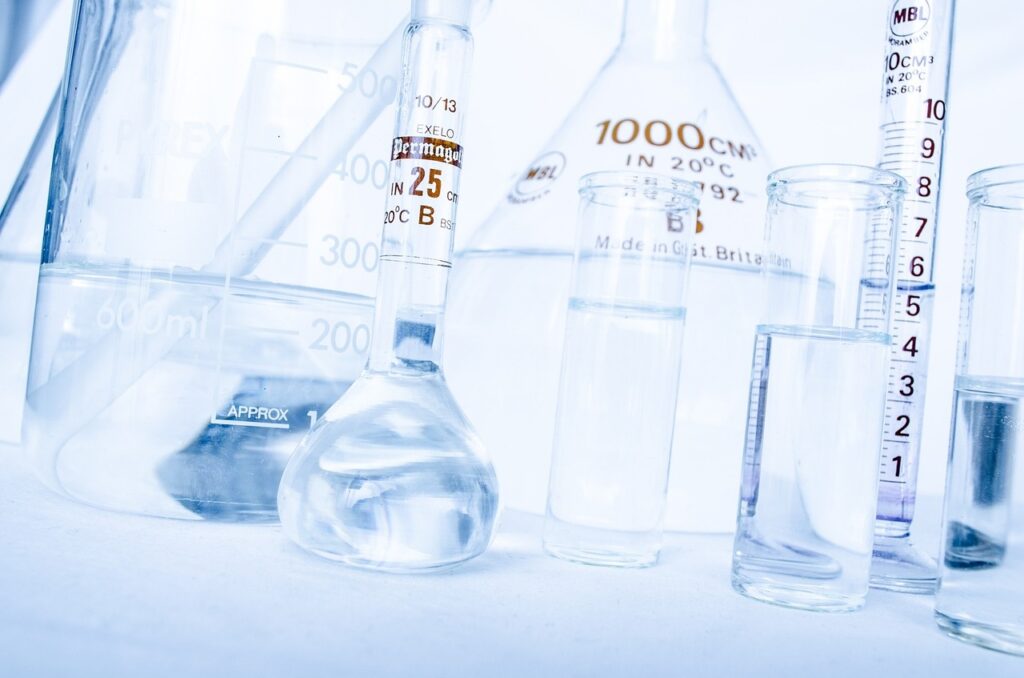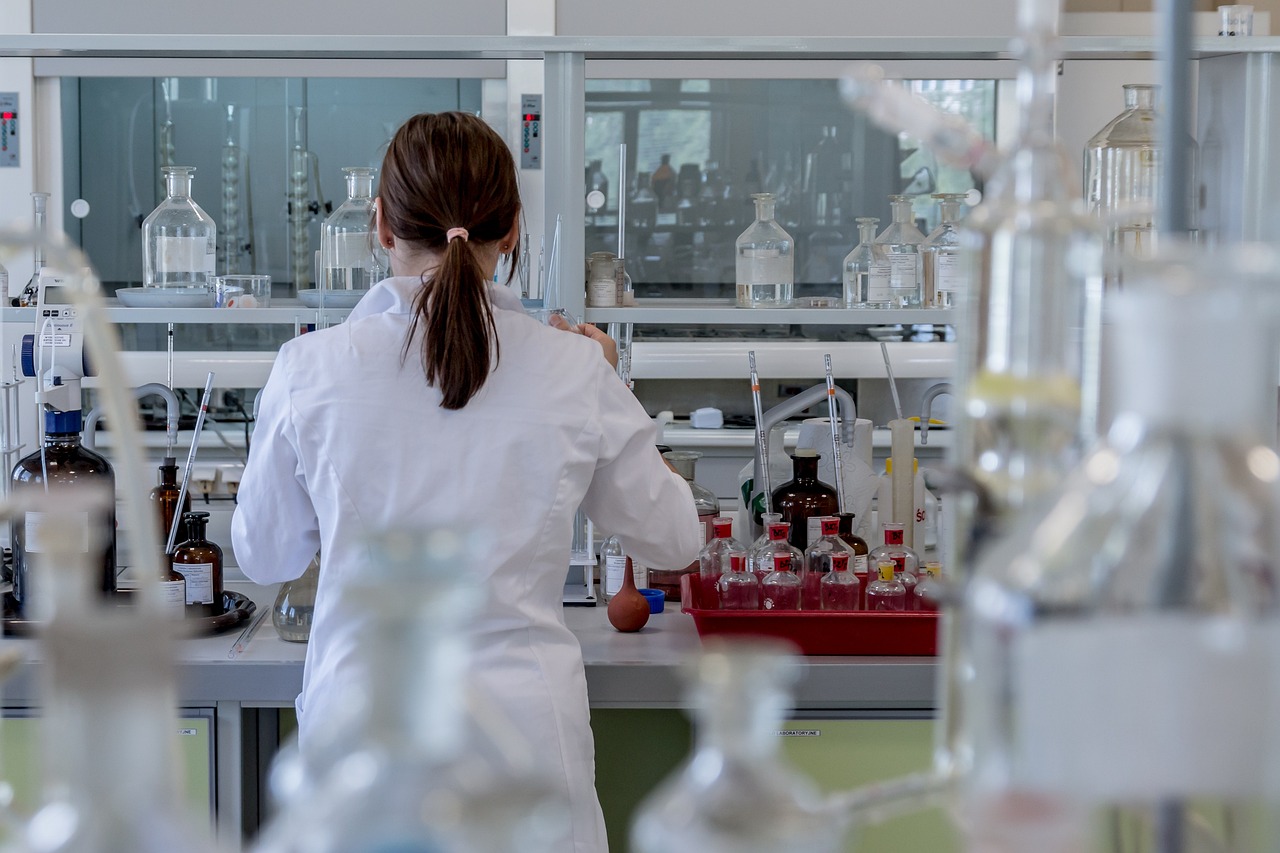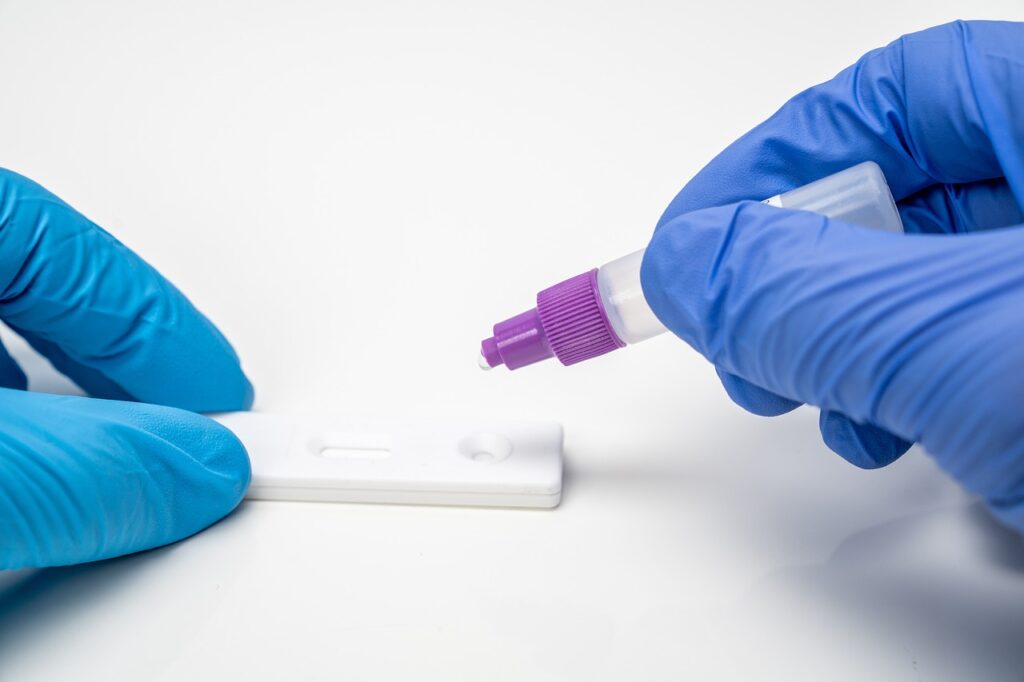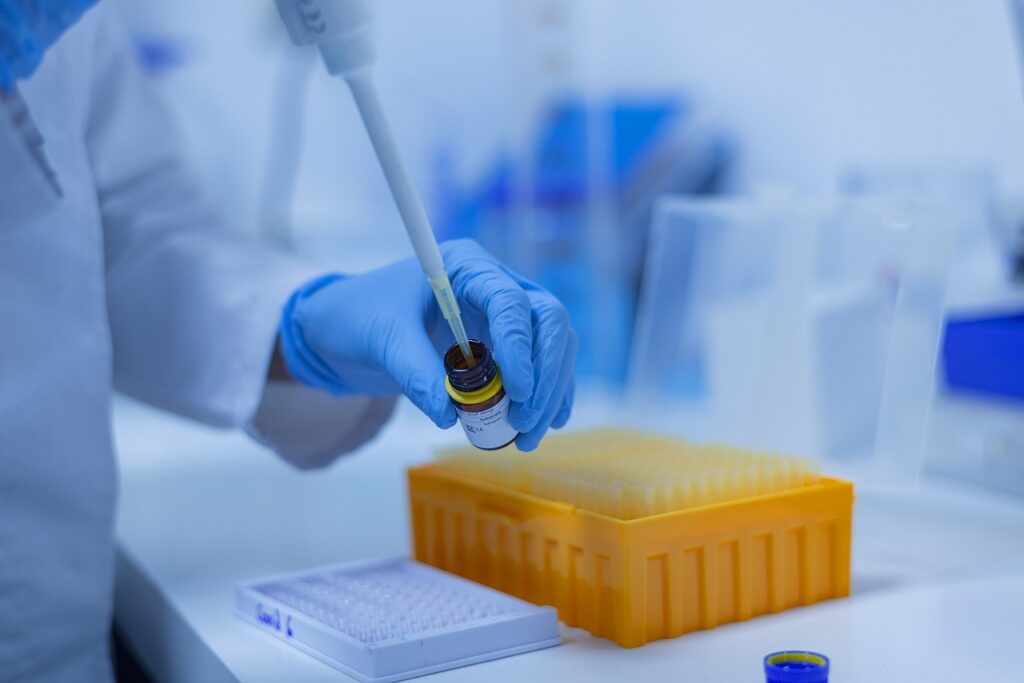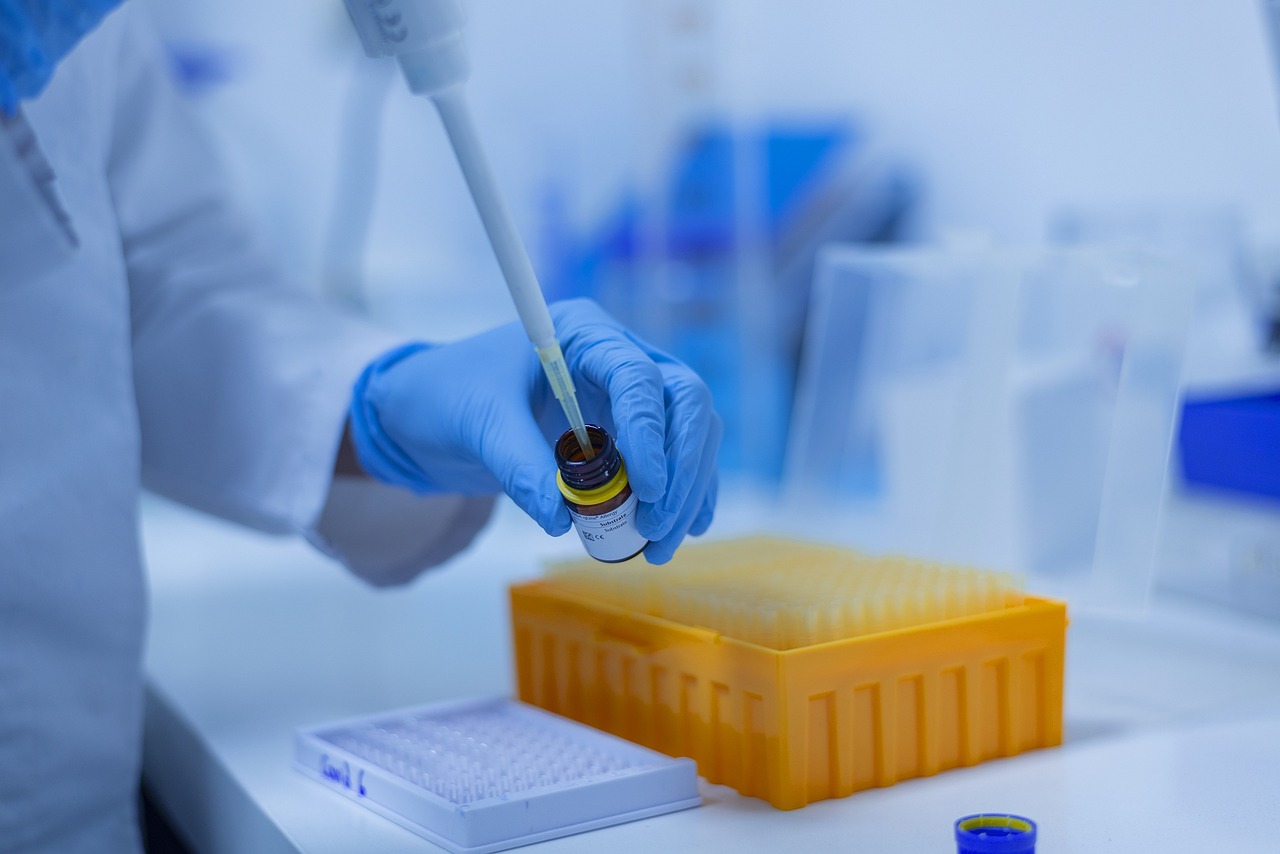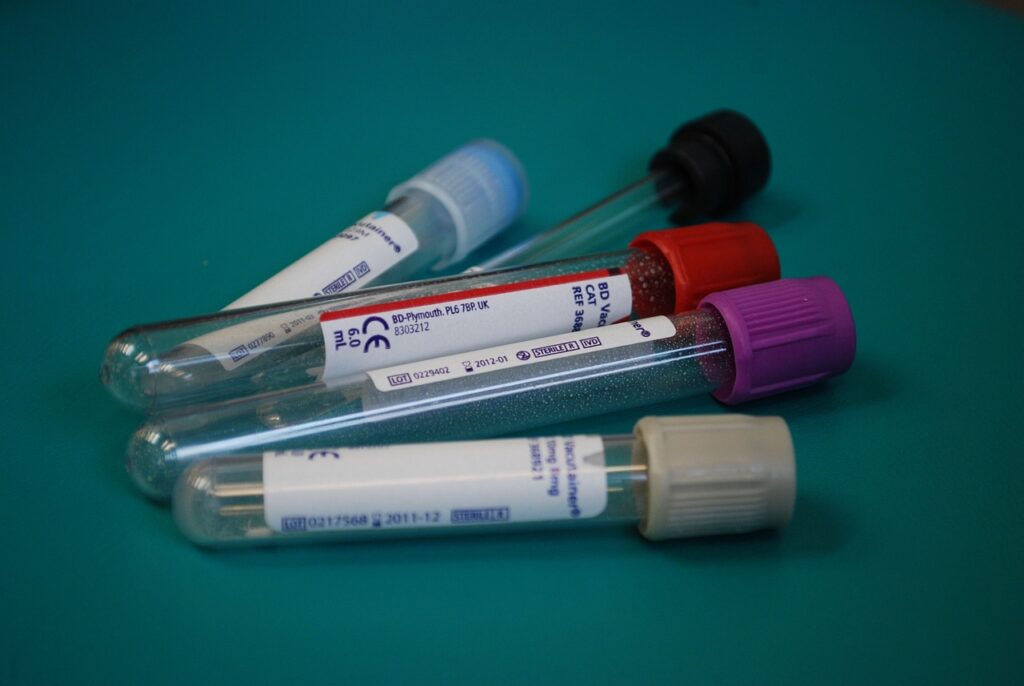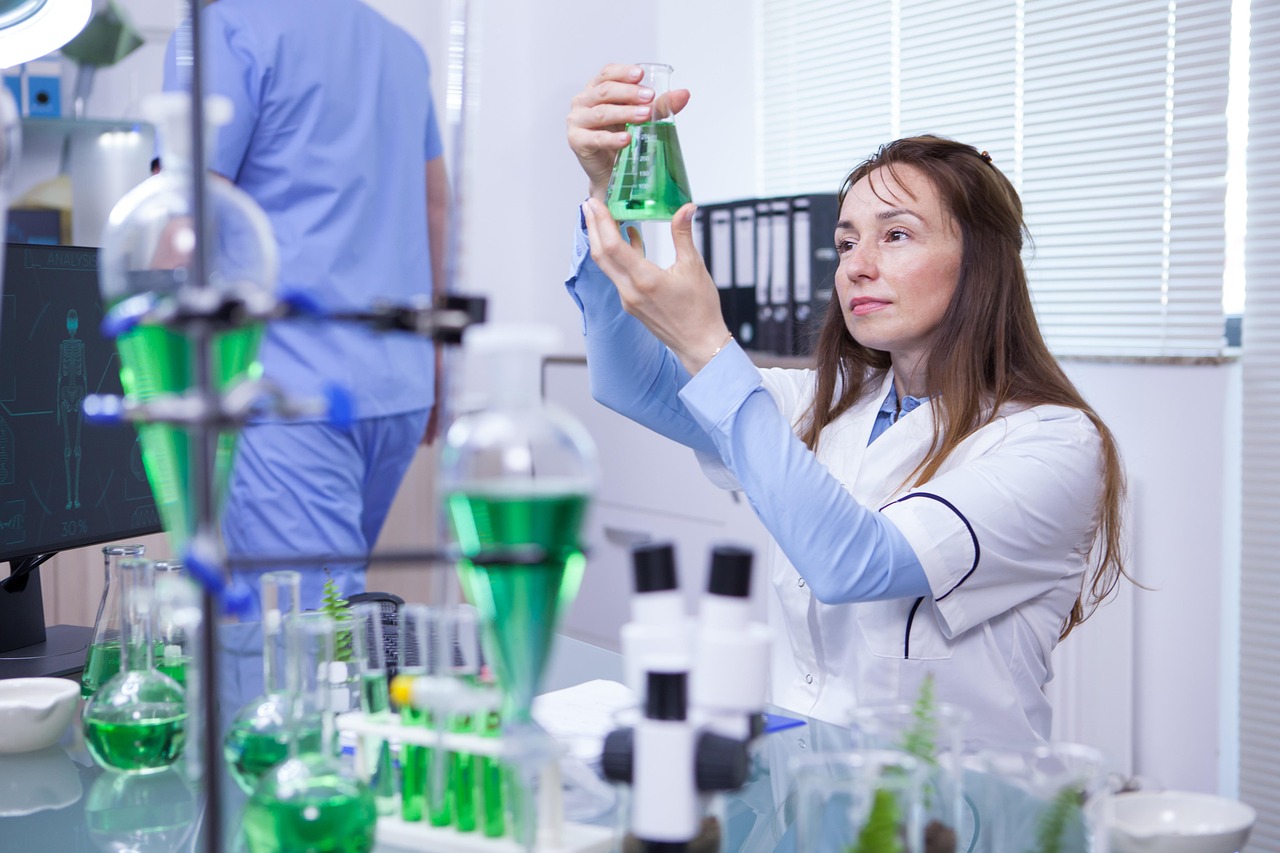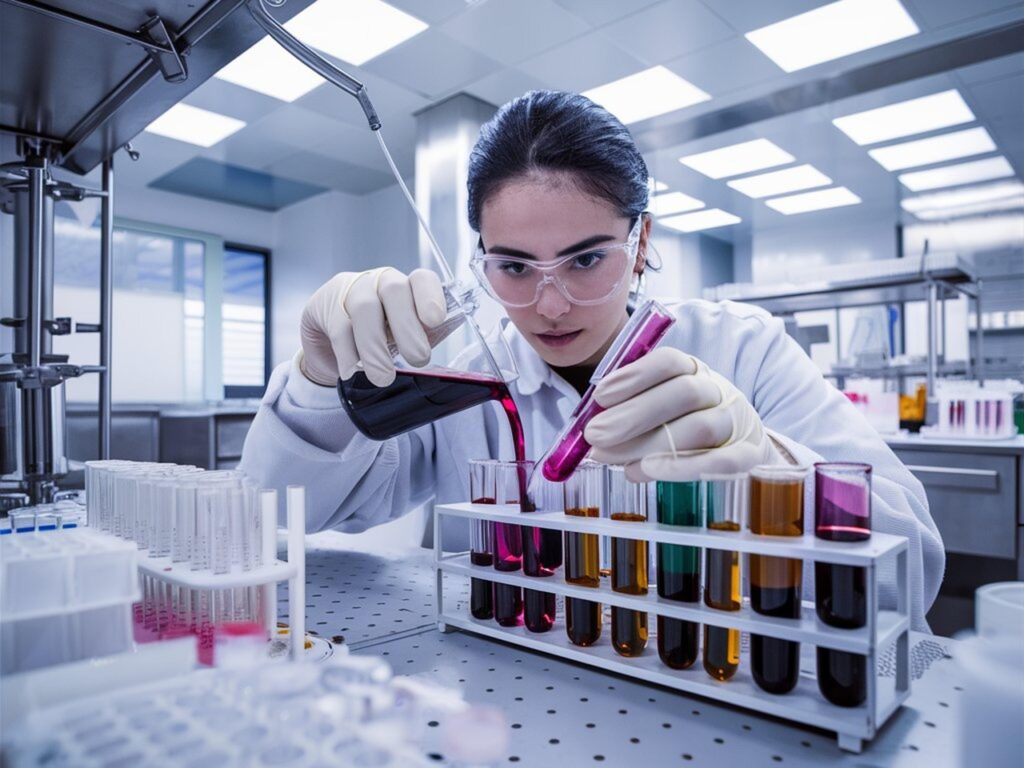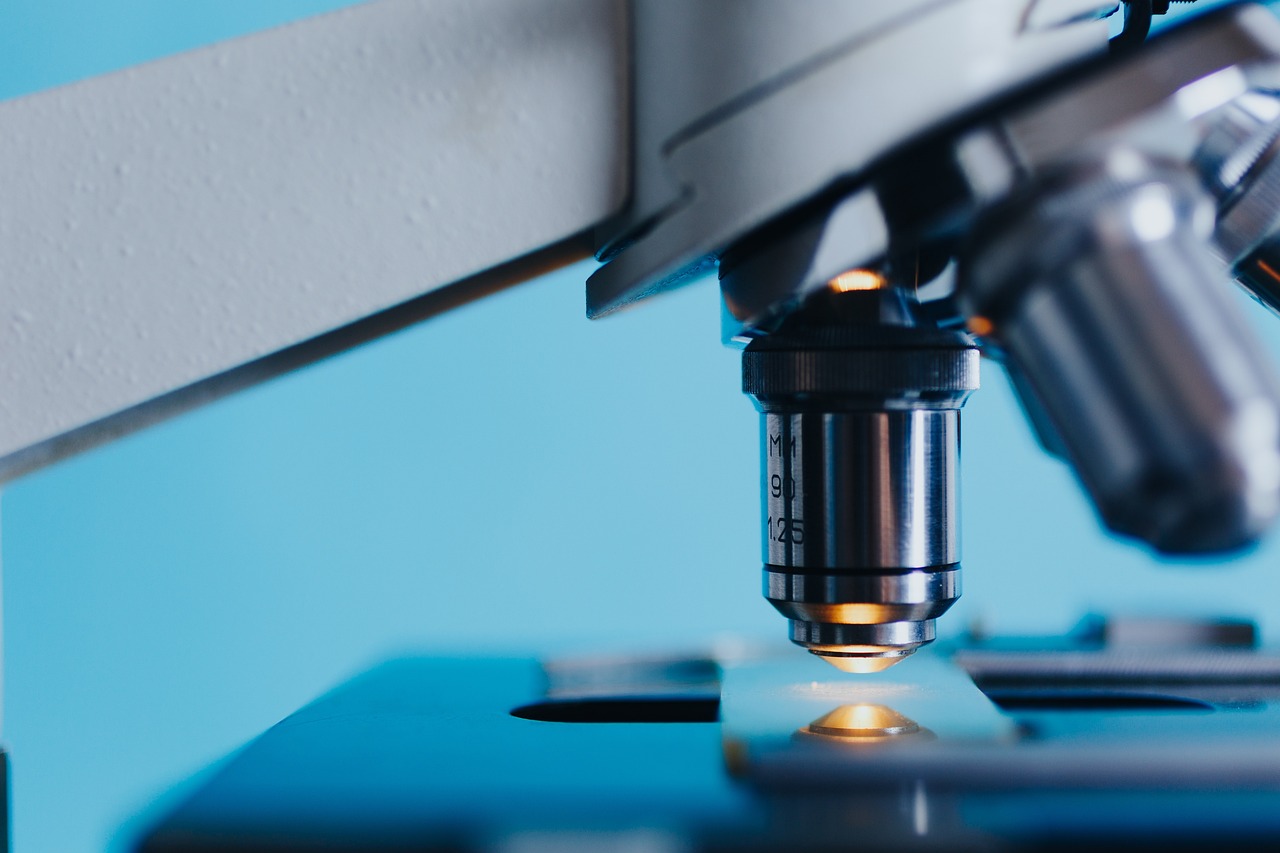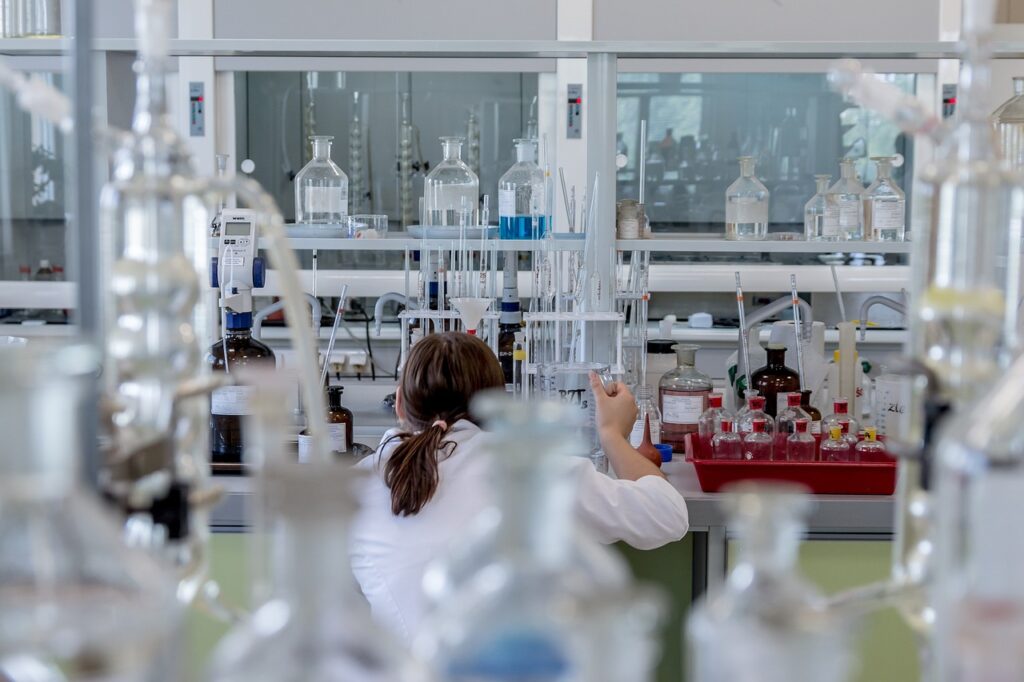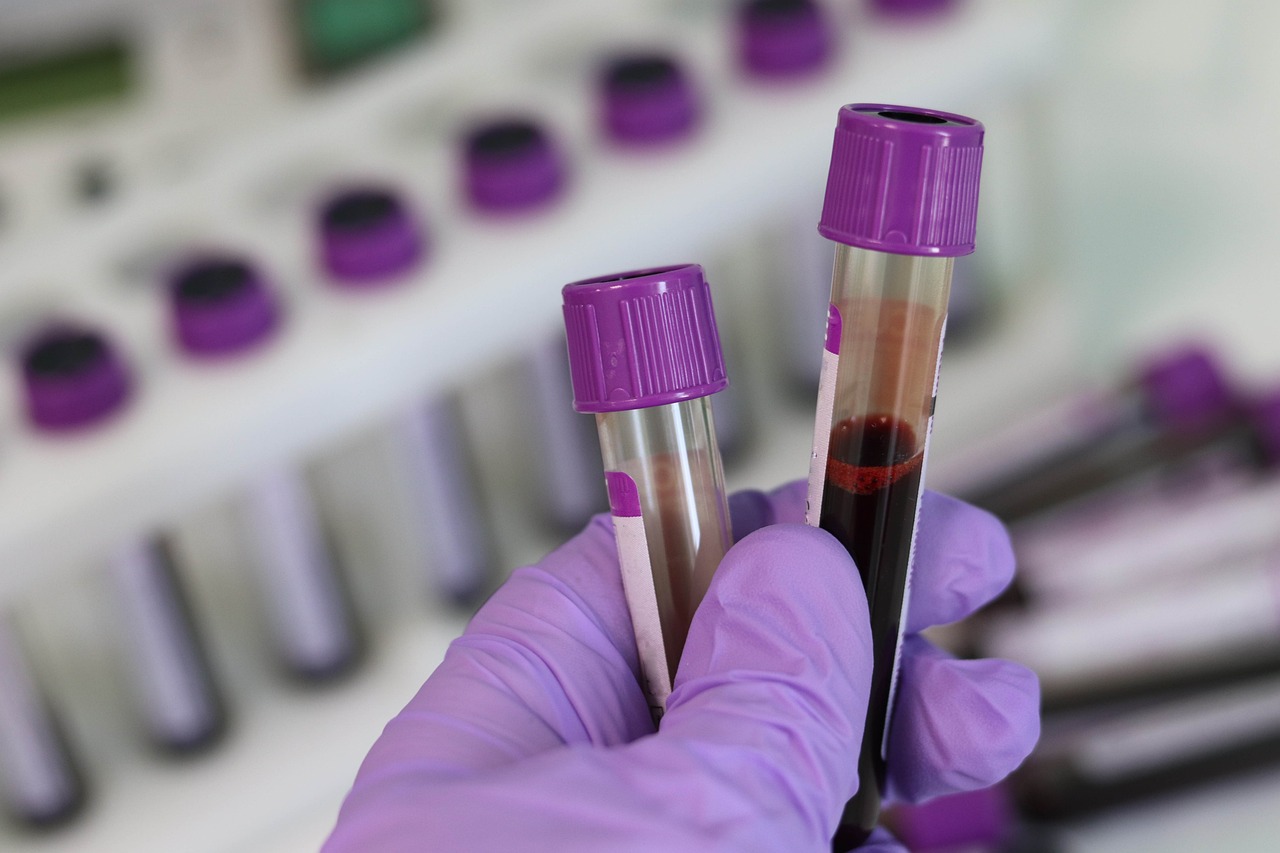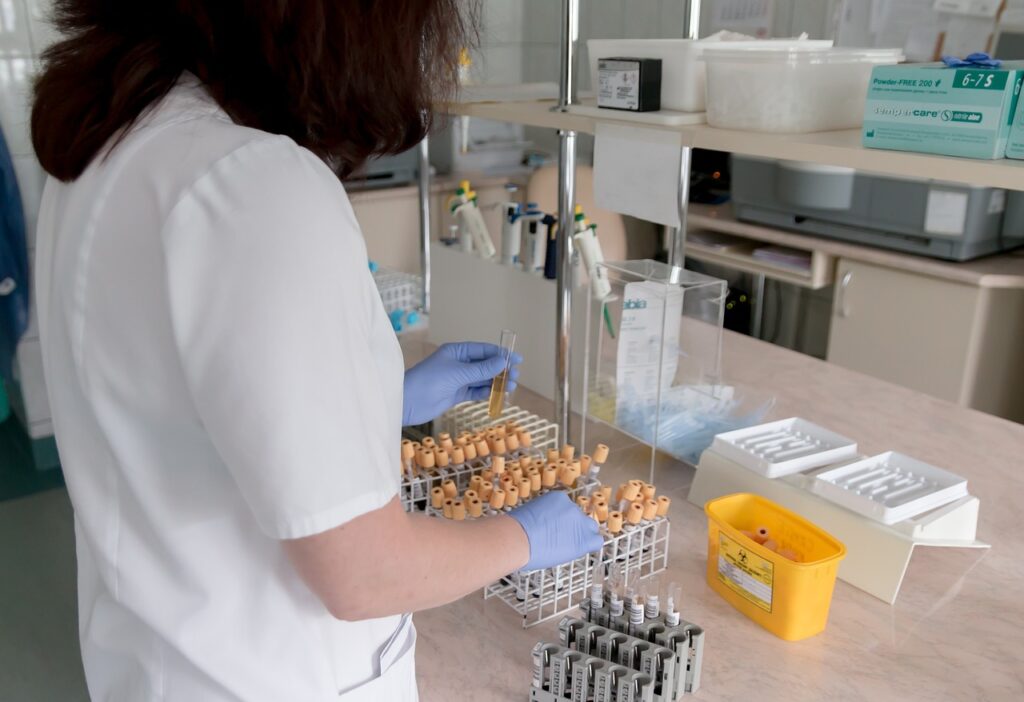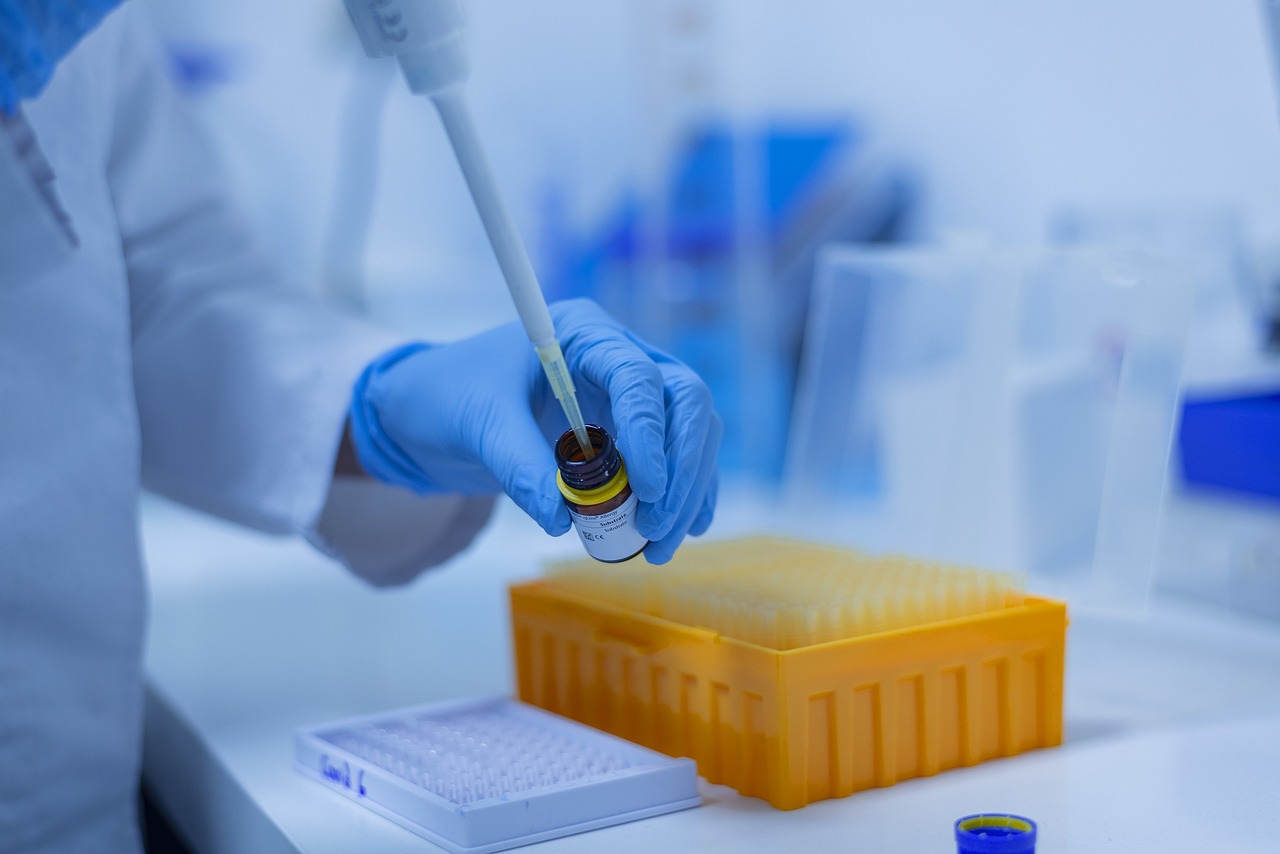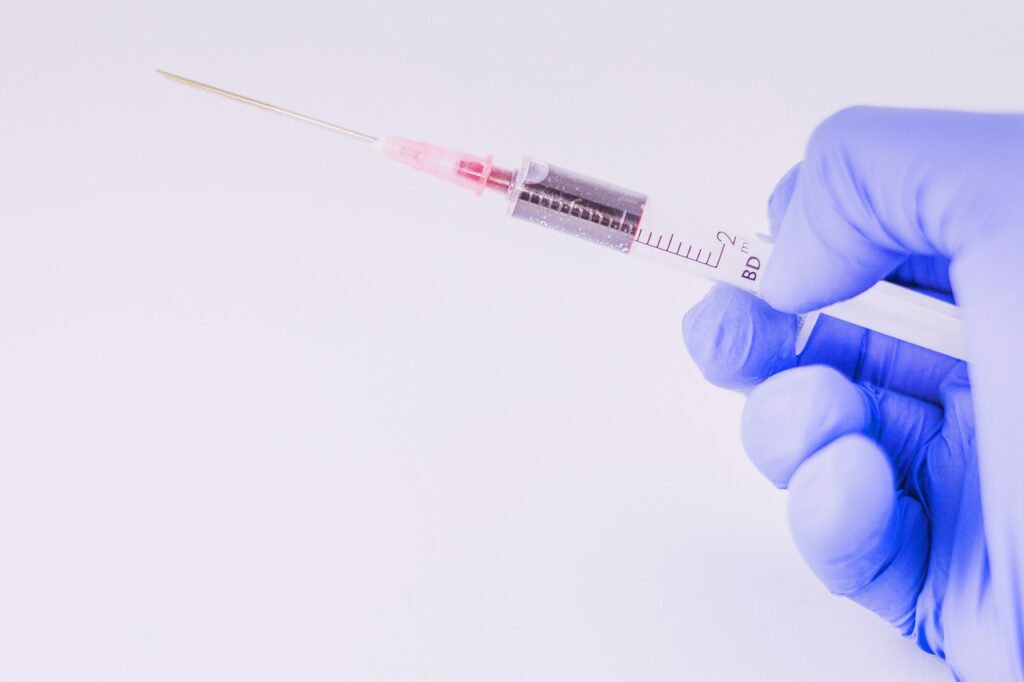Quality is not just a standard but also a requirement in today's cutthroat industry. The secret to success is upholding constant quality standards whether you are producing electronics, consumer goods, pharmaceuticals, textiles, or food items. Quality testing labs are useful in this situation. You've come to the correct spot if you're trying to find a quality testing lab in Bangalore. The importance of these labs, the services they provide, and the reasons Bangalore is a center for quality assurance are all covered in this blog.
Why Quality Testing is Essential
Let's first examine the reasons why quality testing is so important before getting into the specifics of Bangalore's quality testing labs: Consumer Safety: Defective or substandard products can cause harm to consumers, leading to serious legal and ethical issues.
- Regulatory Compliance: Industries must comply with national and international standards like BIS, ISO, ASTM, FDA, and others.
- Brand Reputation: Consistent quality builds trust. Poor quality can damage a brand's reputation, which is hard to rebuild.
- Cost Efficiency: Identifying defects early in the production process helps reduce rework and waste.
Bangalore: A Rising Hub for Quality Testing
Bangalore, sometimes referred to as India's Silicon Valley, is more than just a hub for technology. Numerous sectors, including biotechnology, aerospace, pharmaceuticals, food processing, and manufacturing, are based there. The need for high-quality testing services has increased as a result of this industrial expansion.
Why Choose a Quality Testing Lab in Bangalore?
- High-End Infrastructure: Labs in Bangalore are equipped with state-of-the-art instruments and software.
- Skilled Workforce: Access to top-tier scientific and technical talent.
- Industry Ecosystem: Proximity to industrial zones like Peenya, Bommasandra, Whitefield, and Electronic City.
- Accreditation and Certification: Many labs are NABL-accredited and comply with global standards.
Types of Quality Testing Services Offered
Generally speaking, a Bangalore quality testing lab provides a broad range of services for different sectors. Let's examine this more closely:
1. Material Testing
Material testing is essential in industries such as aerospace, automotive, and construction.
- Tensile Strength
- Hardness Testing
- Impact Testing
- Fatigue and Fracture Testing
- Metallurgical Analysis
2. Environmental Testing
Guarantees that goods are resistant to external elements including pressure, humidity, and temperature.Thermal Cycling
- Salt Spray Corrosion Testing
- UV Exposure
- Dust and Water Ingress (IP Rating)
3. Chemical Testing
Determines a product's chemical makeup and makes sure it complies with safety regulations.
- Elemental Analysis
- Heavy Metal Testing
- Residual Solvent Analysis
- pH, COD, and BOD Testing
4. Microbiological Testing
Necessary for medicines, food, water, and cosmetics.
- Pathogen Detection (E. coli, Salmonella, etc.)
- Total Bacterial Count
- Yeast & Mold Testing
- Sterility Testing
5. Food Testing
Food testing is essential due to the increasing rigor of FSSAI compliance.
- Nutritional Labeling
- Contaminant Testing (Pesticides, Mycotoxins)
- Shelf-life Studies
- Allergen Testing
6. Pharmaceutical Testing
Guarantees that medications fulfill safety and effectiveness requirements.
- API Testing
- Dissolution and Disintegration Testing
- Stability Testing
- Bioavailability & Bioequivalence Studies
7. Textile and Garment Testing
Essential for apparel and textiles of export quality.
- GSM Testing
- Color Fastness
- Shrinkage & Stretchability
- Flame Retardancy
Top Quality Testing Labs in Bangalore
The following are some well-known brands in Bangalore's quality testing industry:
1. TÜV SÜD South Asia Pvt. Ltd.
Material, electrical, chemical, and environmental testing are all provided by TÜV SÜD, one of the leading worldwide testing and certification companies.
2. Intertek India Pvt. Ltd.
In Bangalore, Intertek has a strong lab presence and is well-known for testing consumer goods, food, and textiles.
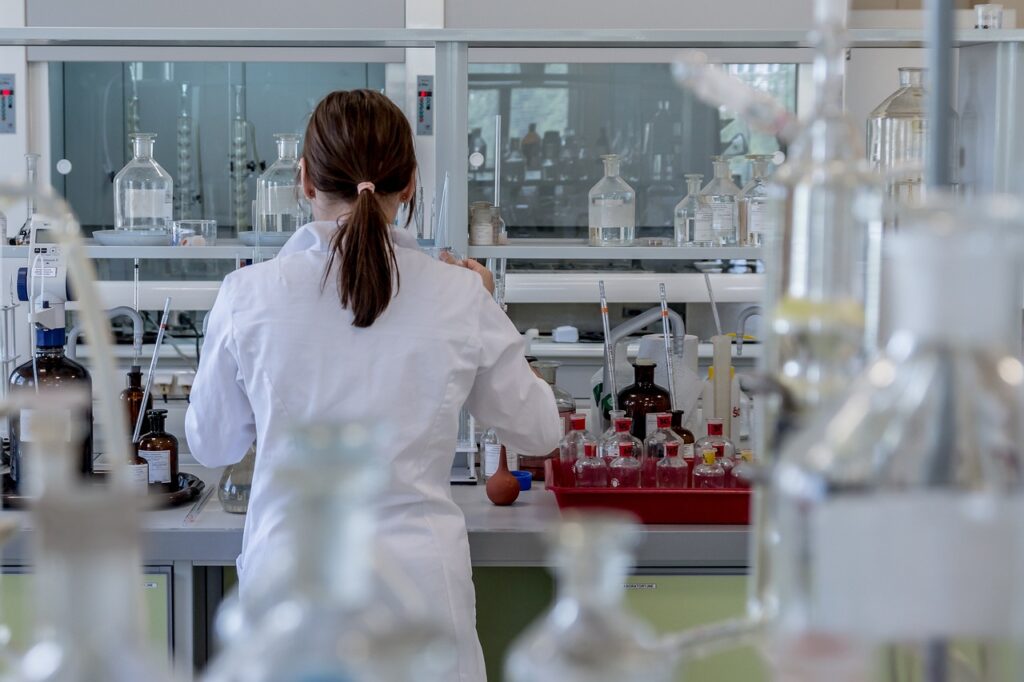
3. SGS India Pvt. Ltd.
A reputable brand in testing and inspection services worldwide. Food, pharmaceuticals, and industrial goods are all served by their Bangalore location.
4. Eurofins Analytical Services India
A leader in pharmaceutical and food testing with advanced tools and skilled personnel.
5. NABL-Accredited Independent Labs
Bangalore is home to numerous independent NABL-certified labs, including:
- Envirocare Labs
- UL India
- Vimta Labs
Choosing the Right Quality Testing Lab in Bangalore
When choosing a lab, take into account the following factors:
1. Accreditations
Always select labs that meet ISO/IEC 17025 requirements or are approved by the National Accreditation Board for Testing and Calibration Laboratories (NABL).
2. Scope of Testing
Make sure the lab offers testing services that are pertinent to your product line and sector.
3. Turnaround Time
Time to market is accelerated by faster outcomes. Inquire about the typical testing time.
4. Expertise and Support.
You can get assistance interpreting results and taking corrective action from labs with skilled analysts and excellent customer service.
5. Cost-Effectiveness
Finding a lab that strikes a balance between cost and service quality is crucial, even though pricing shouldn't be the sole consideration.
The Future of Quality Testing in Bangalore
As industries embrace Industry 4.0, the landscape of quality testing is changing as well. What lies ahead is as follows:
- Automation & AI: Automated sample handling and AI-based data analysis for faster results.
- IoT Integration: Real-time quality monitoring integrated with IoT devices.
- Blockchain for Traceability: Enhanced transparency and product authentication.
- Green Testing: Eco-friendly practices in lab testing, including waste disposal and solvent usage.
Conclusion
There has never been a greater need for superior testing services. The benefits are numerous, ranging from consumer trust to regulatory compliance. For companies striving for perfection, a quality testing lab in Bangalore provides not only technical know-how but also a competitive edge. Investing in trustworthy testing services is essential for long-term success, regardless of your company's size—startup, SME, or global corporation.
Bangalore offers the talent, infrastructure, and innovation to help you achieve your goals if you want to collaborate with the top companies in the industry. Don't merely fulfill requirements; go above and above.

